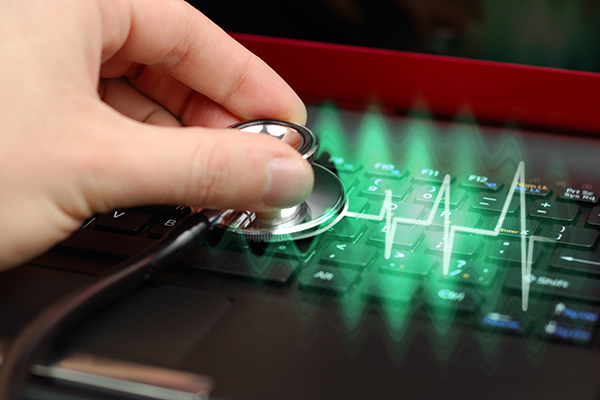
Top Trends Advancing Ultrasound Technology
Ultrasound technology has gone through a massive, recent progression. This article reviews four trends defining these enhancements.

Ultrasound technology has gone through a massive, recent progression. This article reviews four trends defining these enhancements.

Fueled by the need to provide quality care during a global pandemic, healthcare stakeholders are acting quickly to identify new opportunities and overcome challenges.

Five steps to better protect providers, medtech companies, their networks, data and patients from a cyberattack.

Building fruitful development partnerships between companies, governments and researchers will enable the most promising and impactful deployments in healthcare.

Embracing compliance is a continuous process, and investing in agile technologies that streamline workflows—especially in meeting EU MDR and IVDR requirements—is essential, says Lana Feng, Ph.D., CEO-founder of Huma.AI, a pioneer in a human-centered AI.

A global pandemic is still upon us, but that certainly does not mean that healthcare technology innovation is standing still. To help the medical device industry look to the future and prepare, experts from regulation and academia alike are bringing attention to the acceleration and pitfalls of innovation.

Healthcare cannot remain reactive to dealing with cybersecurity risks. We must take a new, proactive approach to protecting our users, and our systems must prioritize reducing the extent of reliance on users against unknown threats.

AI’s arrival in the cardiovascular profession brings a plethora of new opportunities for providing innovative, tailored treatment.

Although the future is exciting, it also poses real challenges. More collaborative initiatives need to take place between drug manufacturers and developers of manufacturing equipment and consumables.

As more healthcare activities take place from home, passive continuous monitoring solutions and new technology such as artificial intelligence will be critical to communications between providers and patients. In addition, new solutions that offer overnight monitoring will play a crucial role in helping to fill the gaps, particularly in assessing patient deterioration or changes in health conditions. The pandemic has forever changed the trajectory of healthcare and specifically virtual care.